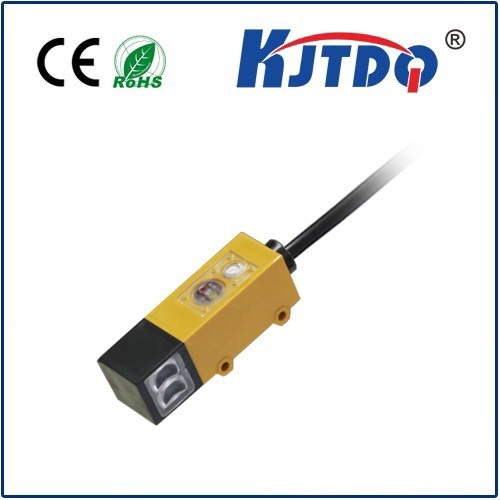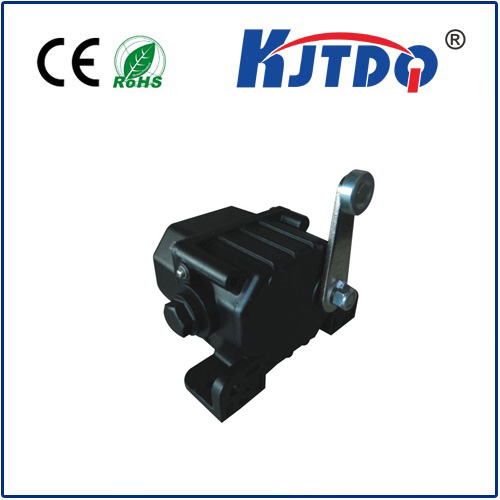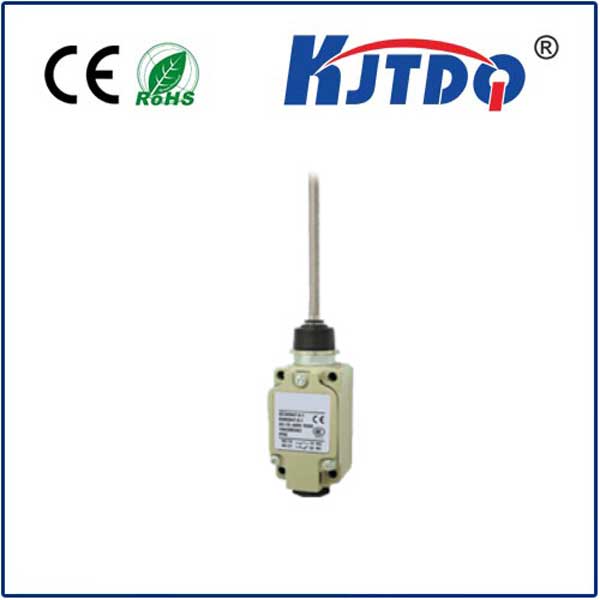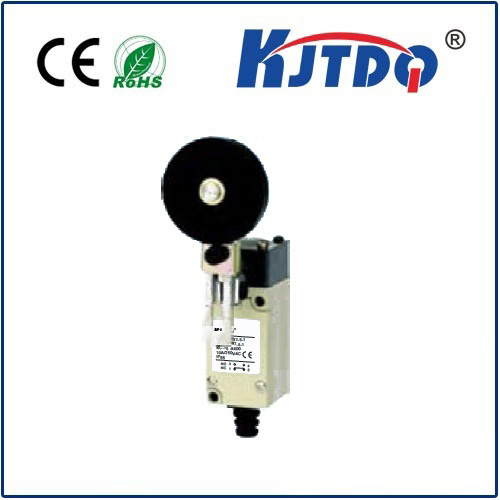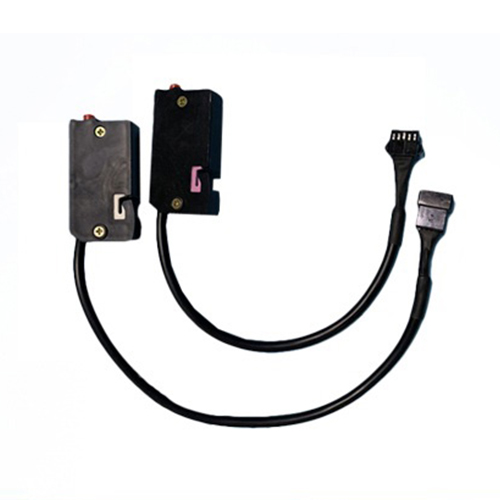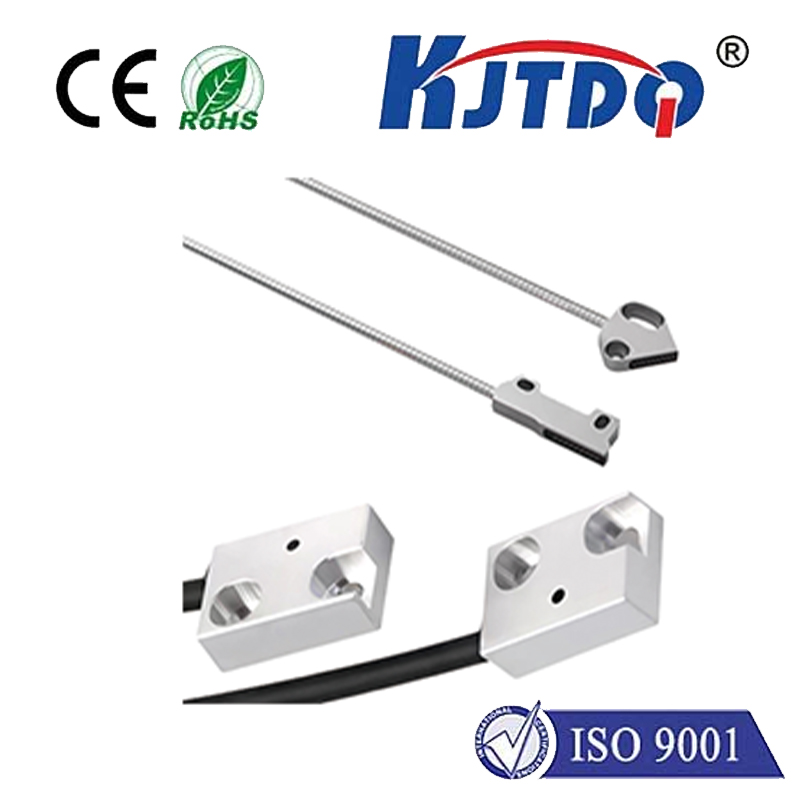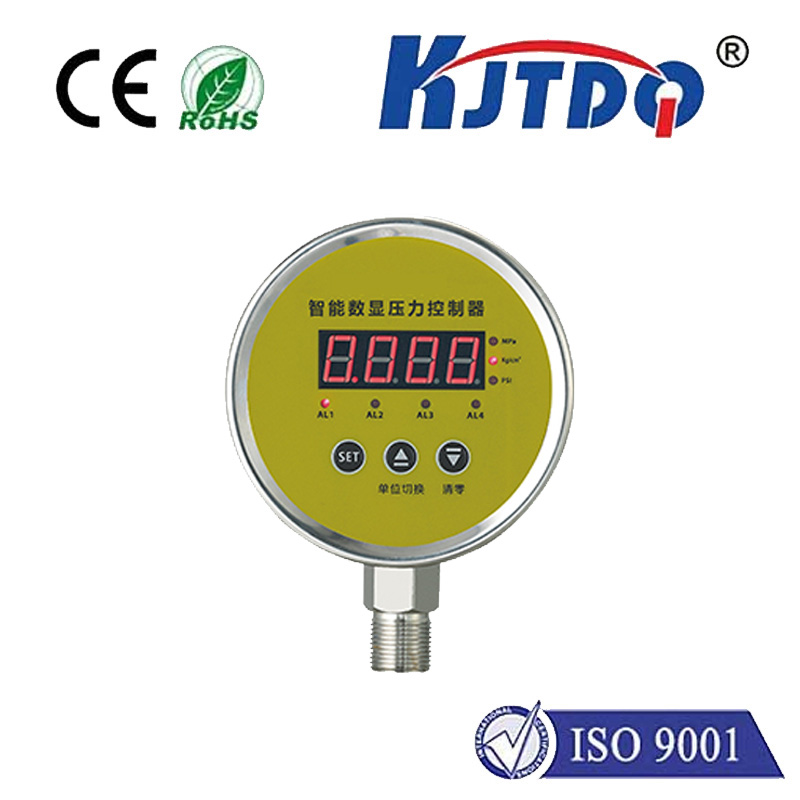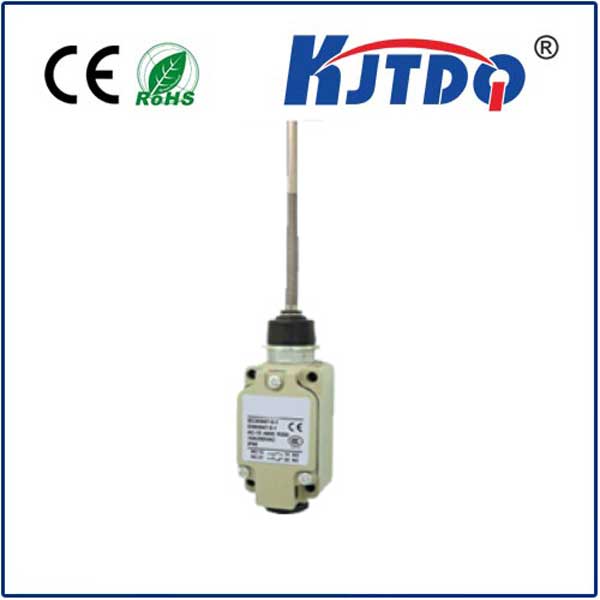limit switch ip67
- time:2025-09-14 03:10:24
- Click:0
Limit Switch IP67: Unlocking Robust Position Sensing in Demanding Environments
Ever tried counting sand grains during a desert storm? That’s the challenge many industrial sensors face daily – contending with pervasive dust, unexpected sprays, or even brief submersion. When precise position detection and machine control are non-negotiable, even in the harshest settings, the limit switch IP67 emerges as a fundamental solution. Understanding its capabilities isn’t just technical jargon; it’s about ensuring operational resilience, minimizing costly downtime, and safeguarding critical automation processes.
So, what exactly is a limit switch IP67? Let’s break it down. At its core, a limit switch is a simple yet vital electromechanical device. Its primary function is detecting the presence or absence of an object, or precisely determining its position or end-of-travel point within a system. Think of it as a highly reliable sentry: when an actuator, machine part, or moving object physically contacts the switch’s actuator arm (lever, roller plunger, or rod), it triggers an internal mechanism. This action rapidly changes the electrical state of its contacts – opening or closing a circuit – to send a clear signal. This signal is the bedrock for critical control actions: stopping a conveyor, initiating the next step in an assembly line, confirming a gate is closed, or preventing over-travel in machinery.
The crucial differentiator lies in the “IP67” designation. This is an internationally recognized Ingress Protection (IP) rating defined by the IEC standard 60529. It precisely quantifies the switch’s defense against foreign bodies (like dust) and moisture intrusion. Here’s the breakdown:
- First Digit (6): Offers the highest level of protection against solid particles. A “6” means the enclosure is “dust-tight.” No harmful quantity of dust can penetrate under defined test conditions, ensuring reliable operation even in extremely dusty environments like grain silos, cement plants, or woodworking shops.
- Second Digit (7): Specifies protection against liquids. A “7” means the switch is protected against the effects of temporary immersion in water. Specifically, it can withstand immersion under 1 meter of water for up to 30 minutes without allowing harmful ingress that could compromise functionality. This shields it from high-pressure washdowns, unexpected splashes, spills, or even brief flooding events common in food processing, maritime applications, or outdoor equipment.
Why is an IP67 rating critically important for limit switches?

The answer lies in the diverse, often brutal, environments where these switches operate. Standard switches might falter or fail catastrophically under these common industrial assaults:
- Aggressive Washdown Procedures: Industries like food and beverage or pharmaceutical manufacturing mandate stringent hygiene. High-pressure, hot water, and chemical cleaning agents are routine. An IP67 limit switch withstands these rigorous cleaning cycles without internal contamination or corrosion.
- Ubiquitous Dust and Particulate Matter: Mining operations, foundries, agriculture, and construction sites generate immense amounts of abrasive dust, dirt, and debris. Dust-tight sealing prevents particulate ingress that could jam the mechanism or short electrical contacts.
- Humidity, Condensation, and Moisture Splash: Environments like paper mills, wastewater treatment plants, or coastal facilities battle constant high humidity or direct moisture exposure. IP67 protection prevents internal condensation and accidental splashes from causing electrical failure.
- Outdoor Exposure: Limit switches controlling gates, cranes, solar trackers, or agricultural machinery face rain, snow, ice, and temperature extremes. The IP67 rating provides essential protection against the elements.
- Unexpected Spills or Minor Flood Events: Accidents happen. A tipped-over container, a burst pipe near machinery – an IP67 switch offers a critical buffer, potentially preventing immediate failure during such incidents.
Key Benefits of Utilizing IP67 Rated Limit Switches:
- Enhanced Reliability & Uptime: The primary benefit. Robust sealing drastically reduces failures caused by environmental factors, leading to fewer unplanned stops and maximized production or operational time.
- Extended Service Life: Protection against corrosive agents (like cleaning chemicals or salty air) and abrasive dust significantly slows wear and tear on internal components, offering a much longer operational lifespan than non-sealed equivalents. This translates to lower long-term costs.
- Reduced Maintenance Costs & Frequency: Fewer failures mean fewer replacements and less time spent troubleshooting or repairing switches compromised by dust or moisture. Maintenance schedules become more predictable and less reactive.
- Suited for Hygienic Environments: The ability to withstand frequent, thorough washdown makes them indispensable in sectors where sanitation is paramount and strictly regulated.
- Versatility Across Industries: From the factory floor to the great outdoors, the limit switch IP67 finds application almost anywhere robustness is required: automation, material handling, packaging, energy, transportation, and heavy machinery.
- Confident Deployment in Wet Locations: Compliance with safety standards for electrical equipment in potentially wet areas is simplified with clearly defined IP67 protection.
Selecting the Right Limit Switch IP67 for Your Application:
While the IP67 rating guarantees environmental sealing, other factors remain crucial for optimal performance:
- Actuator Type: Roller lever, lever, plunger, or rod? Match the actuator to the force, direction, and nature of contact with the target object. Consider wear resistance needs.
- Electrical Specifications: Ensure the switch’s voltage (AC/DC), current rating (amperage), and contact configuration (NO/NC/CO) align perfectly with your control circuit requirements.
- Mechanical Durability: Consider the expected lifecycle (number of operations) and the physical impact forces the switch might encounter. Look for robust housing materials like stainless steel or high-impact thermoplastics.
- Temperature Range: Verify the switch can operate reliably within the ambient temperature extremes of your specific location.
- Mounting & Connection Style: Convenient and secure mounting options (e.g., threaded body, base mount) and suitable connection types (cable exit, terminal box, connector) are essential for practical installation.
Maintaining Peak Performance:
While inherently robust, IP67 limit switches still benefit from basic care:
- Periodic Visual Inspection: Check the actuator for damage, binding, or excessive wear. Examine the cable entry points and housing for signs of cracking or damage to the seals. Prevention is key.
- Ensure Seal Integrity: Never compromise the sealing by using damaged cables or mismatched conduit entries specified for the switch.
- Follow Washdown Guidelines: Adhere to manufacturer recommendations regarding pressure and temperature limits during cleaning procedures. Avoid directing high-pressure jets directly at seals for prolonged periods.
In the relentless push for efficiency and automation resilience, component reliability is paramount. Limit switches, acting as the fundamental eyes and triggers of countless machines, simply cannot afford to be the weak link. By specifying limit switches IP67 for applications exposed to dust, moisture, or washdown, engineers and maintenance professionals leverage proven technology designed to endure. This choice delivers the dependable position feedback vital for seamless control, safeguarding processes from environmental disruptions and underpinning the smooth, uninterrupted operation demanded by modern industry.






